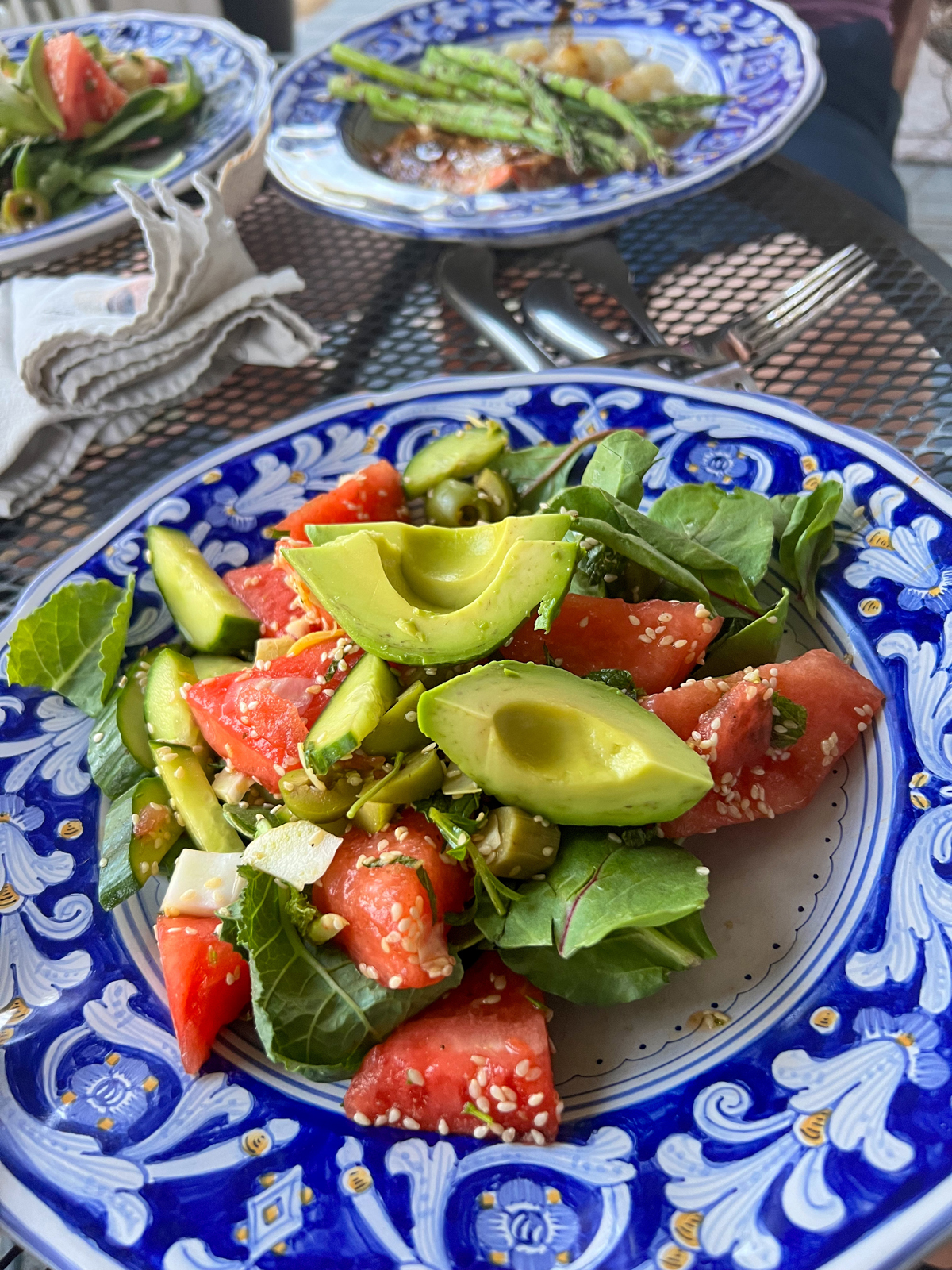By Heather Casey — In Part I of this article (Cycling West, Early Summer 2023 issue), I discussed the potential benefits and drawbacks of becoming fat-adapted for endurance athletes. While this can be an effective strategy for some athletes, it requires careful planning to optimize performance. For cyclists, fat adaptation must be implemented strategically to support the unique demands of the sport.

Refresher: What is Fat Adaptation?
Fat adaptation refers to training your body to use fat as its primary fuel source during endurance exercise rather than relying on carbohydrates. The theory is that by becoming fat-adapted, athletes can conserve their limited carbohydrate stores and rely more on their abundant fat stores to sustain energy levels during long-duration exercise.
The keys to optimizing fat adaptation as a cyclist are:
- Base Diet on Whole Foods: The foundation of a fat-adapted diet for cyclists should focus on high-quality fats, proteins, and vegetables. Avocados, nuts, seeds, eggs, meat, fish, and leafy greens provide essential nutrients without spiking blood sugar. Limit processed foods, even if they are low in carbohydrates.
- Time Carbohydrate Intake: While lowering overall carbohydrate intake, cyclists should strategically consume carbohydrates to fuel high-intensity efforts. Have some carbohydrates before and during intense training rides and races when carbohydrates are needed to sustain power. Stick to low-carbohydrate meals during lighter training and recovery.
- Incorporate High-Intensity Intervals: High-intensity interval training in Zone 5 with long rest periods teaches your body to tap into carbohydrates for fuel during sustained hard efforts. Include some intervals in your training to optimize carbohydrate utilization on race day.
- Experiment with Carbohydrate Cycling: Try consuming extra carbohydrates 1-2 days per week to support intense sessions. Carbohydrate cycling prevents chronic low energy levels while continuing to promote fat adaptation.
- Test Race Nutrition Strategies: Practice your racing nutrition during hard training rides. Test which foods and what timing of carbohydrate intake works best for you to avoid gastrointestinal issues while maintaining power.
- Allow Time for Adaptation: It takes time for your body to become efficient at burning fat. Stick with a fat-adapted approach for at least 4-6 weeks before assessing its effectiveness.
- Stay Hydrated: Adequate hydration aids in metabolism and performance. Incorporate electrolytes, especially during long rides, to prevent imbalances that may affect performance.
Cycling-Specific Considerations
- Training Phases: Align carbohydrate intake with training cycles. Higher carbohydrate intake might be beneficial during high-intensity training blocks, while lower intake might suit base training.
- Racing Scenarios: Learn to fine-tune carbohydrate intake based on the demands of specific races. This requires experimentation during training to understand how your body responds under different conditions.
- Listen to Your Body: Recognizing signs of fatigue, hunger, or decreased performance may indicate a need for adjustment in carbohydrate timing or quantity.
Conclusion
Cyclists aiming for fat adaptation must approach their nutritional strategy with nuance and intention. A well-rounded low-carbohydrate lifestyle can be the bedrock for fat adaptation but incorporating carbohydrates in a deliberate and thoughtful manner is key to fulfilling the energy demands of training and racing.
Carbohydrate timing, individualized planning, and a strong understanding of cycling’s unique demands will enable cyclists to leverage the benefits of fat adaptation without compromising performance. This dynamic approach not only supports endurance but also promotes overall health and well-being, aligning with the holistic goals of many endurance athletes.








